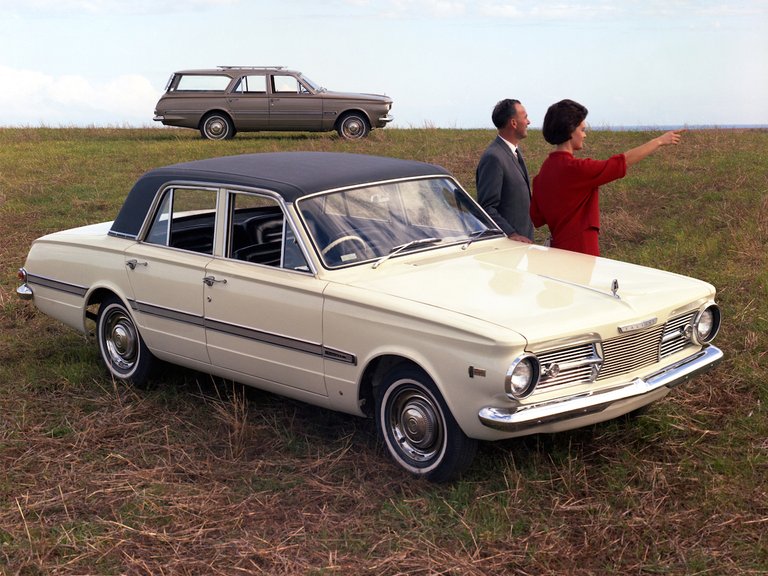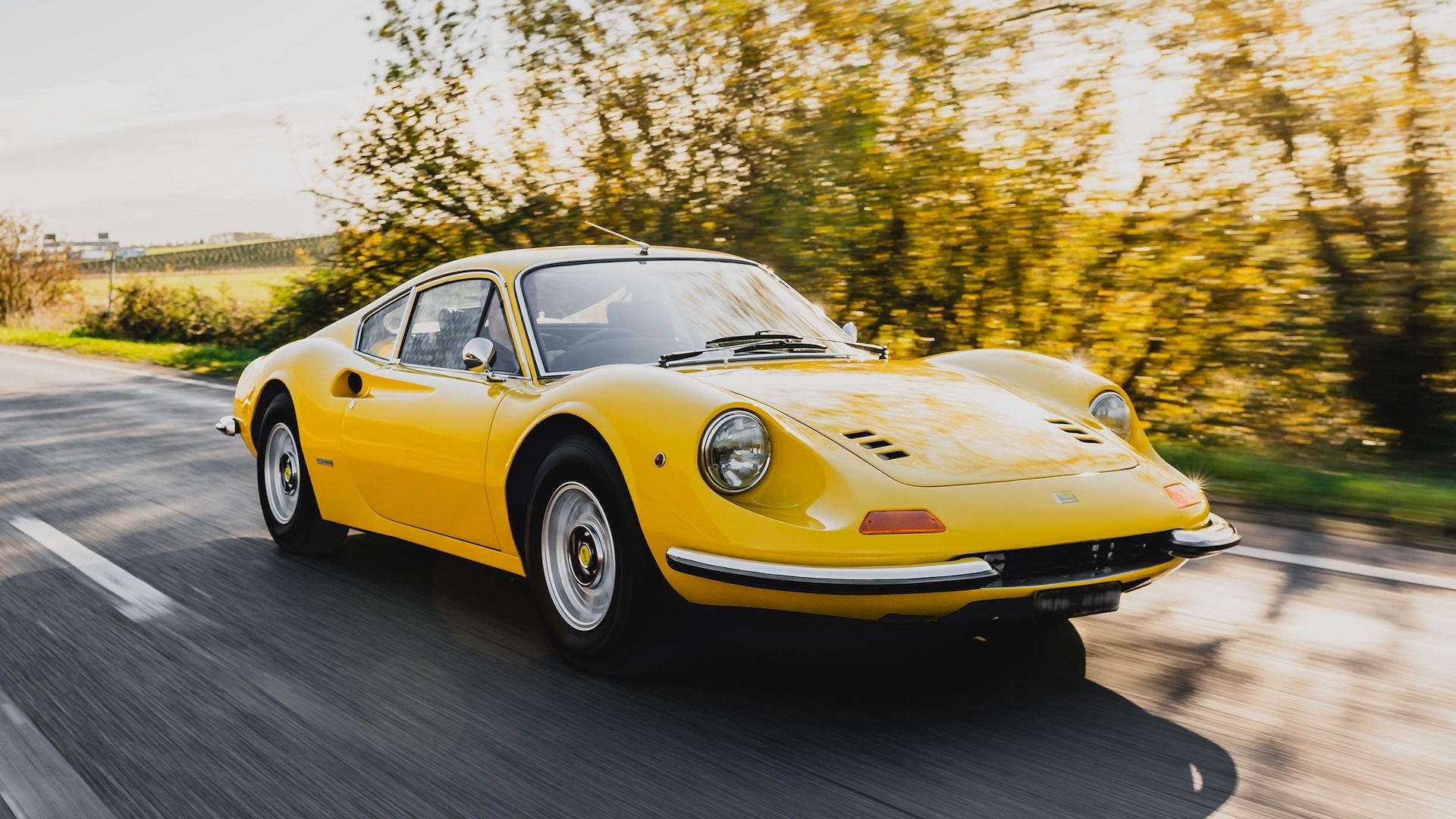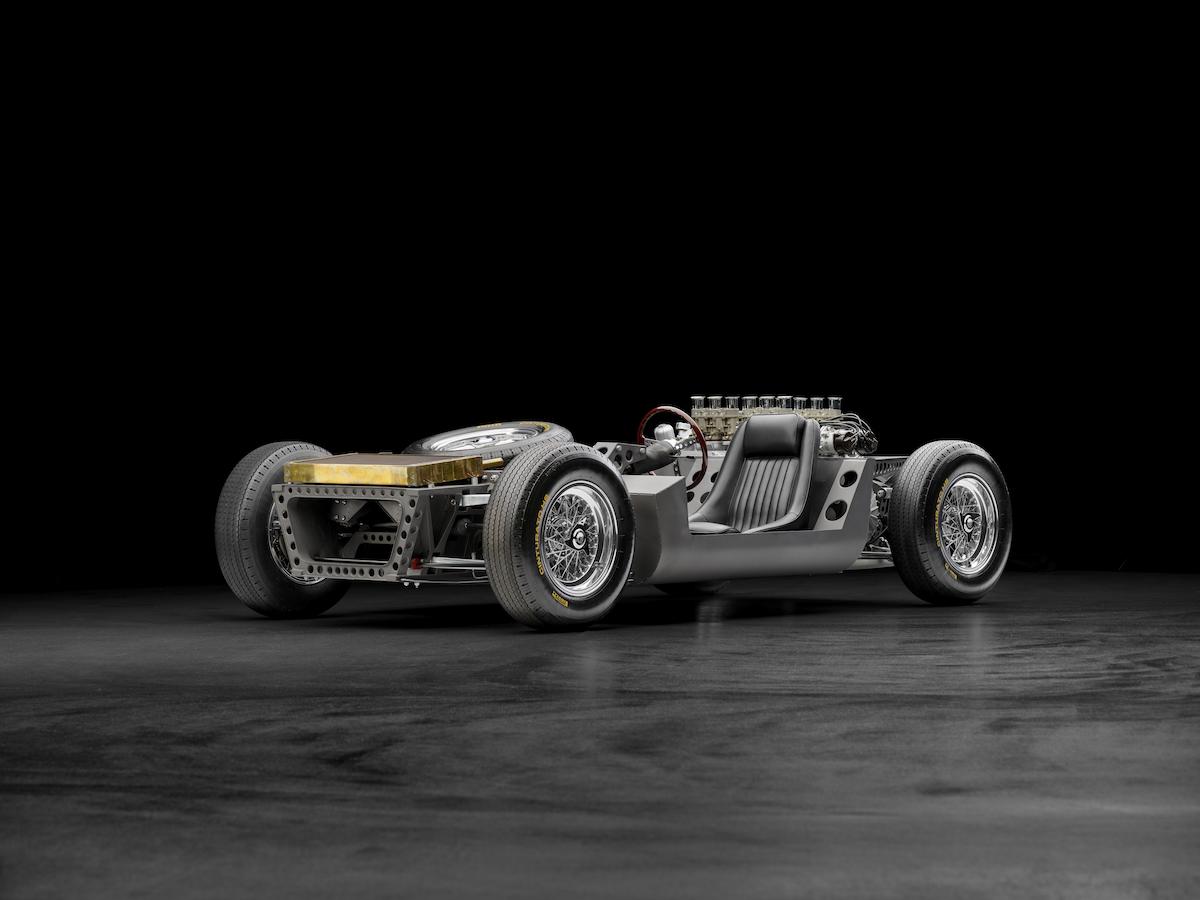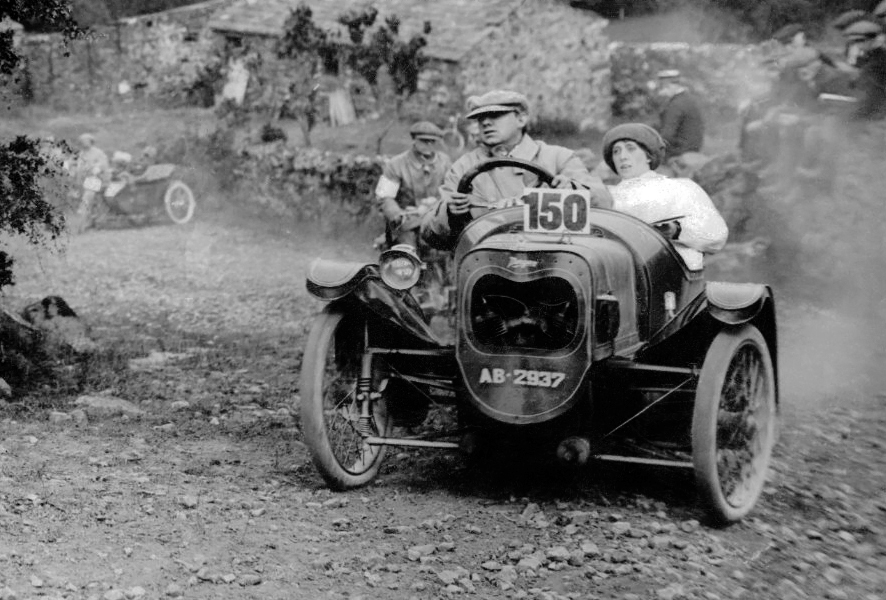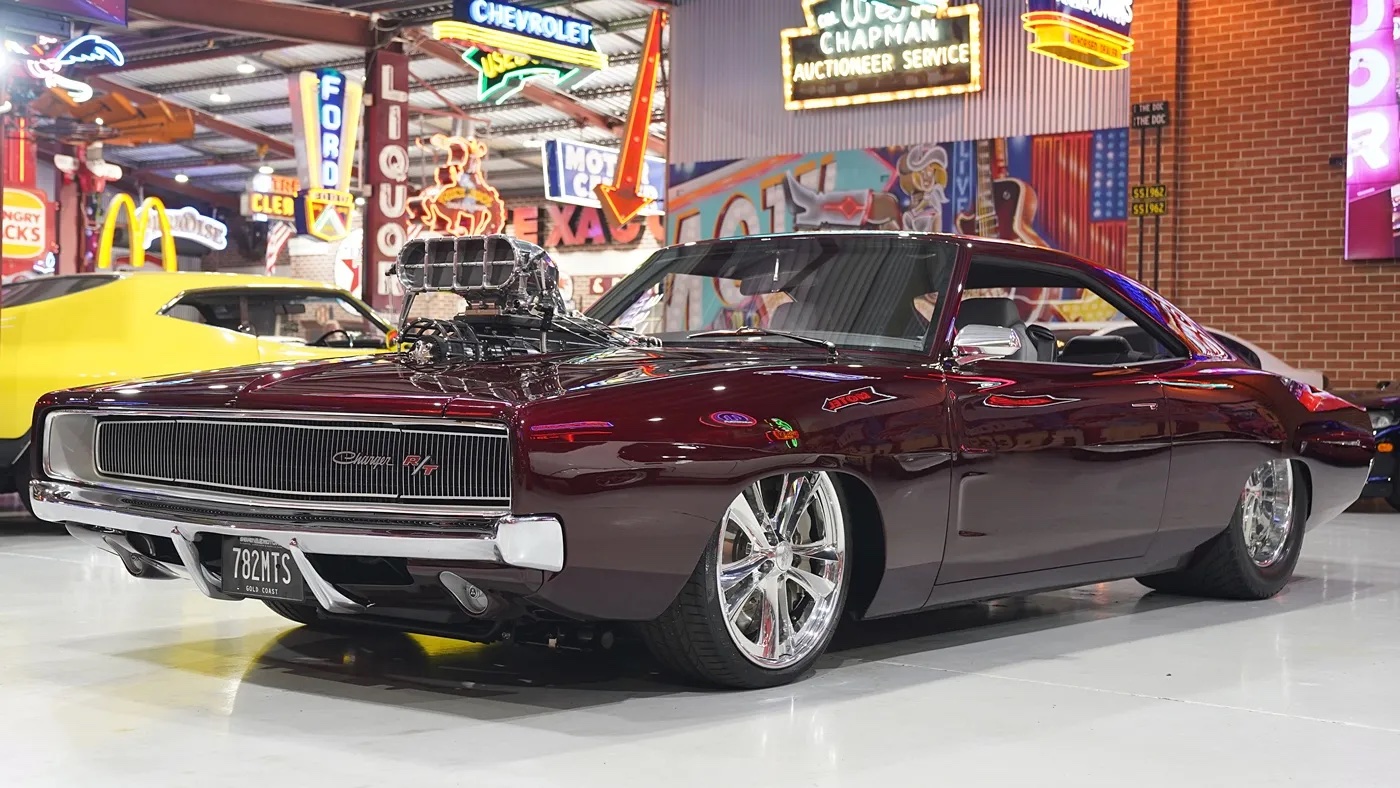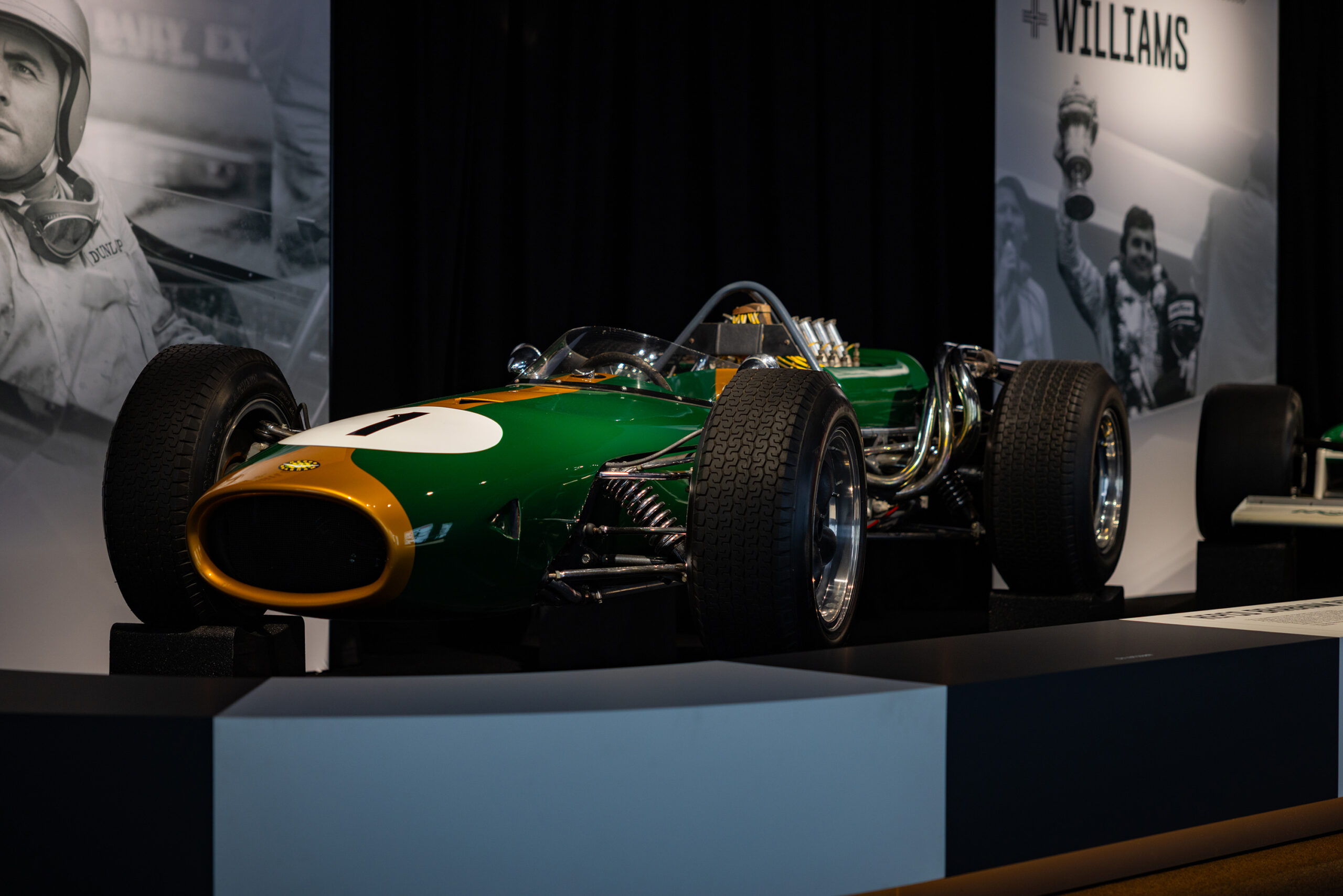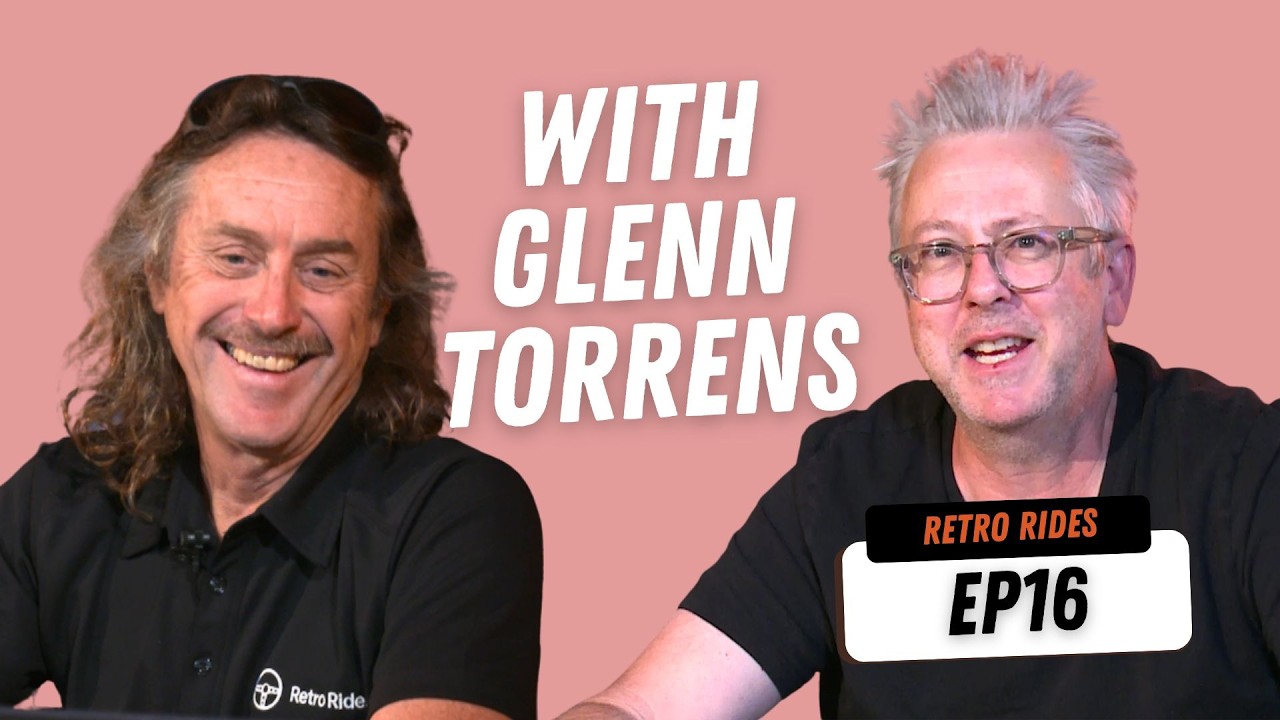Although the Australian-built Chrysler Valiant closely resembled the American original, only six sections of its sheet metal were US-sourced
Chrysler joined the locally-manufactured Australian family car market in 1962 with its radical R Series Valiant, but less than two years later had reverted to a design that was equally remarkable for its conservatism.
That car was the Valiant AP5, released in May 1963, its alpha-numeric title standing for ‘Australian Production’. Our Valiant closely resembled US versions of the model, but in fact just six items of AP5 sheet-metal were US-sourced.
The AP5 used Chrysler’s dependable 3.7-litre ‘Slant Six’ engine, with three-speed manual or Torqueflite automatic transmissions. A wide and low car with a generously-sized boot, the AP5 sedan – and from November 1963 the Safari wagon – were perfect for large families at a time when the absence of seatbelt laws allowed motorists to cram their vehicles full of passengers.
Almost 50,000 of the Adelaide-manufactured AP5s were sold before it was replaced in March 1965 by the AP6. The AP6 featured the same basic styling and proportions as the AP5 but introduced a new grille, bonnet and front mudguards, along with mechanical changes including a redesigned camshaft, self-adjusting brakes, and the move to a column-shift automatic in place of the AP5’s distinctive push-button system.
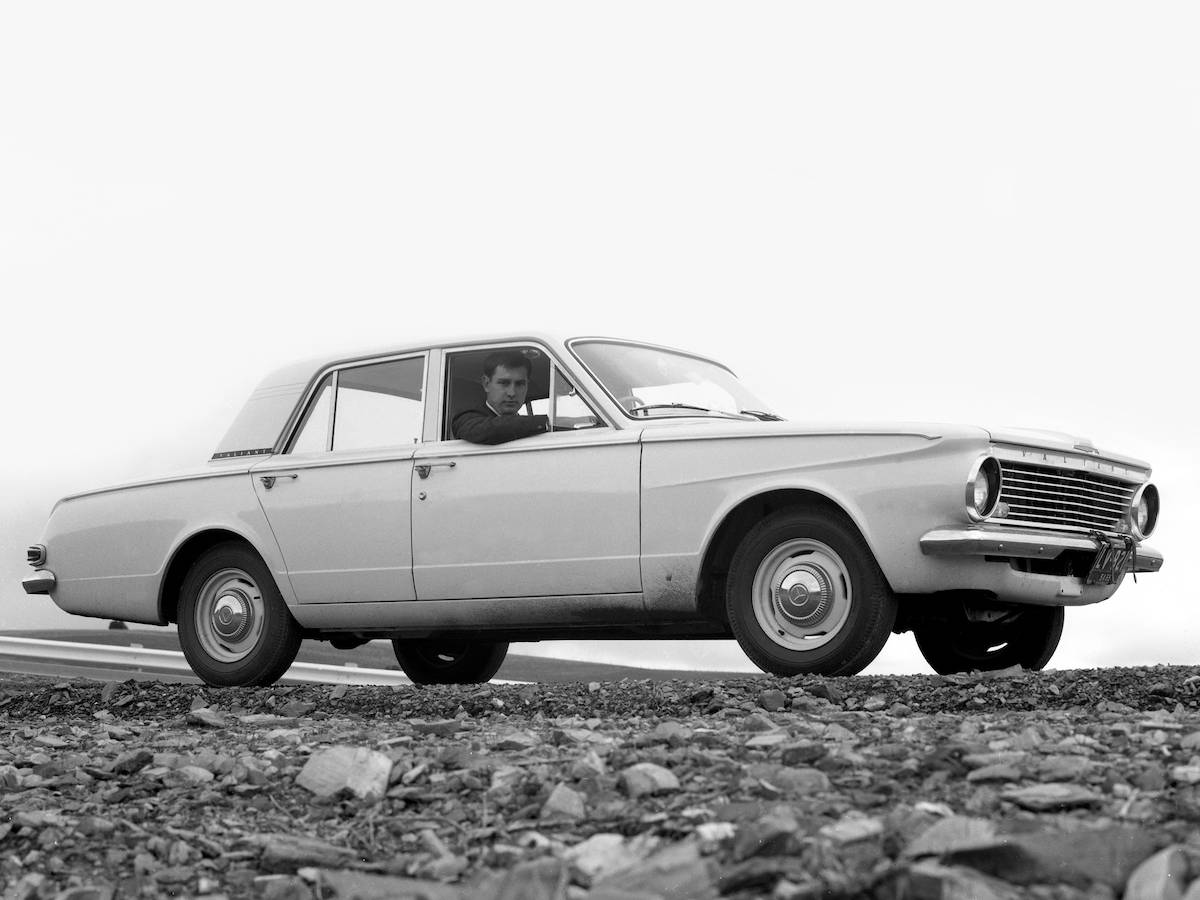
Almost 50,000 examples of the AP5 were built in Adelaide across 22 months of production before it was replaced by the AP6
Despite remaining on sale for just one year before being replaced by the VC Valiant, the AP6 sedan and its Safari wagon and Wayfarer utility variants still managed to find 43,434 buyers. This fact, and the AP6’s inherent simplicity and durability, means these model Chryslers remain relatively easy to find today.
Regal versions of the AP5 and AP6 were fitted with a ‘split bench’ front seat, standard heater/demister, a two-tone steering wheel, white-wall tyres and courtesy lights that operated when any of the doors were opened.
From August 1965 a 273 cu in (4.5-litre) V8 version of the AP6 sedan and Safari wagon was added, a fact that marks this model as being the first Australian-made family car to feature an eight-cylinder engine.
Both the AP5 and AP6 Safari station wagons featured a wind-down tailgate window with the ample Valiant boot able to accommodate loads up to seven feet (2.15-metres), better than either the Ford or Holden rivals of the time.
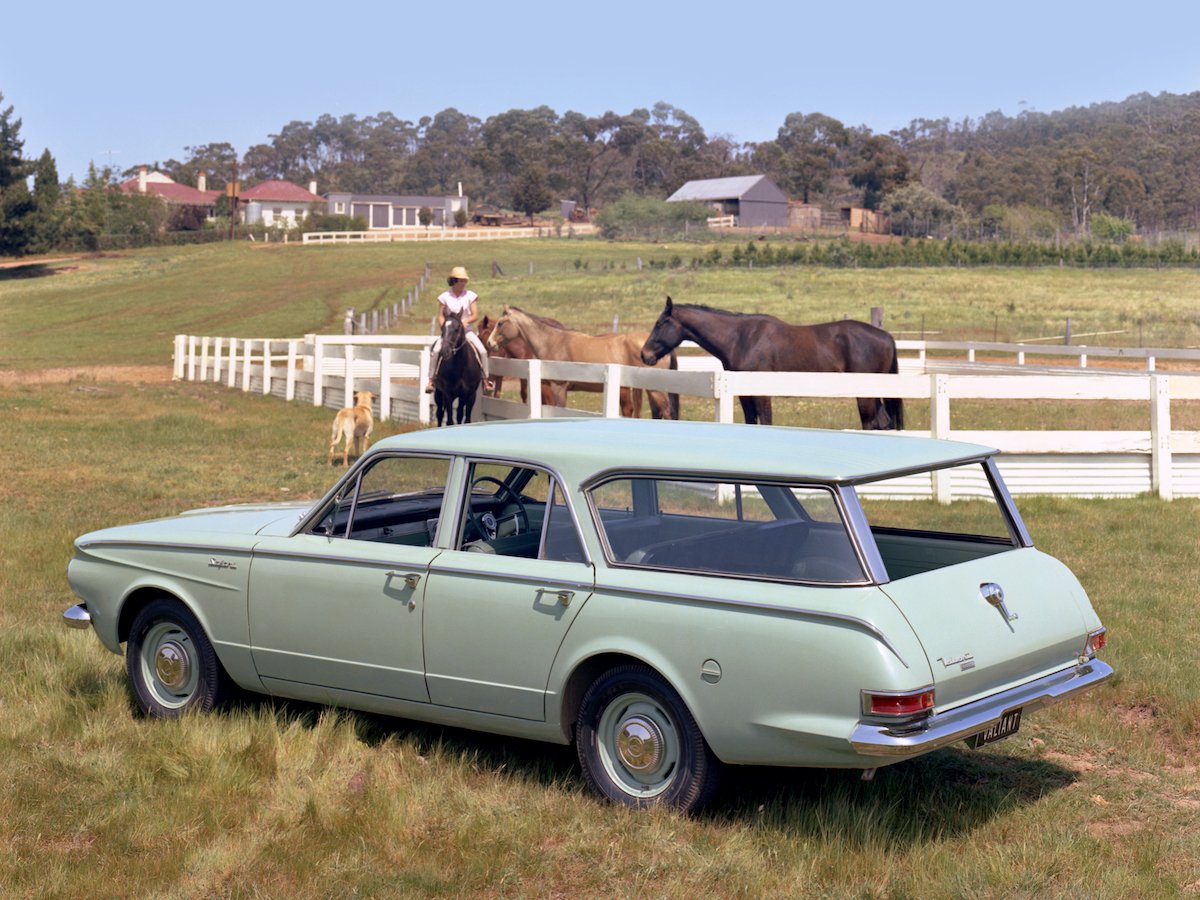
A ‘Safari’ wagon model was introduced for the AP5 in November 1963, with the body style continuing into the AP6’s short production run
Another area where Valiants had a distinctive advantage was performance. From a standstill, the torque of the 3.6-litre ‘Slant Six’ would leave rivals including the 179-engined Holden, in a haze of rubber smoke. Tests revealed that the AP5 manual would run 0-96km/h in 13.1 seconds – eight-tenths of a second quicker than a manual EH 179.
Today, less than $20,000 will buy a base-model AP5-AP6 sedan or wagon in good condition. Regals needing some work begin at $15,000 but will bring double that amount where the car is a quality original or has had a recent restoration.
They might be 60 years old, but these uniquely Australian versions of Chrysler’s Valiant remain viable as contemporary ‘family’ classics. Tough enough to survive many years into the future, the AP5-AP6s are versatile and able to carry a load or the entire family plus luggage for a week on the road.
Regal versions offer marginally more comfort than the standard car and cost only 20 percent more. If the Valiant you’re buying is intended to for family use, choose one that already has seat belts fitted front and rear or hold back on the price to help cover the cost of installation.
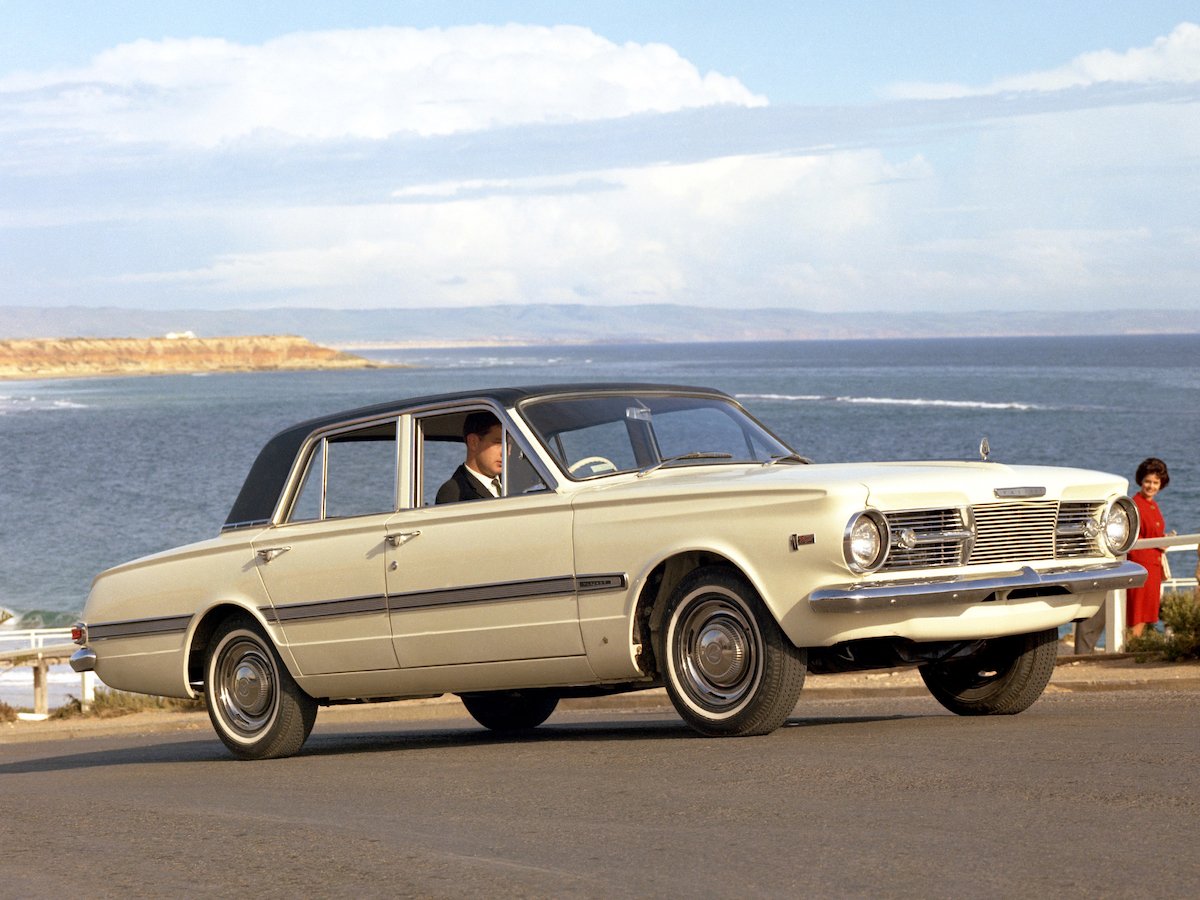
The later AP6 model only remained on sale for one year, although it found 43,434 buyers in that time
Things To Watch Out for When Buying a Used Chrysler Valiant AP5-AP6 (1963-66)
-
Rust attacking front subframe mounting points, inner sills and wagon tailgates
-
Exhaust manifold cracked or replaced by extractors
-
Weakened torsion bars allowing excessive front-end bounce
-
Soft brake pedal due to hydraulic leaks
-
Wagon tailgate window difficult to wind up and down
-
Worn two-tone steering wheel in Regals are costly to replace
Valuation Timeline: Chrysler Valiant AP5-AP6 (1963-66)
-
1995$5,700
-
2005$7,000+22.81%
-
2010$9,000+28.57%
-
2014$16,500+83.33%
-
2019$28,000+69.7%
-
2024$32,000+14.29%Regal AP6

